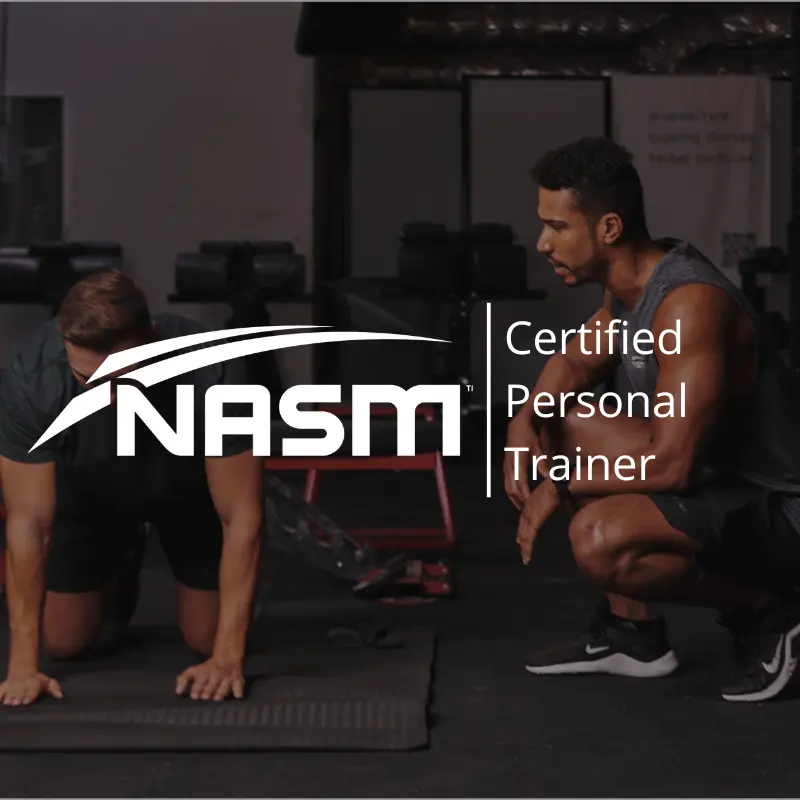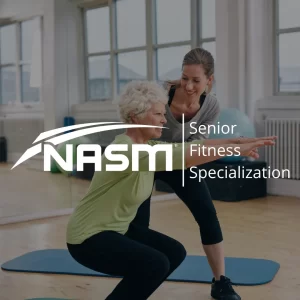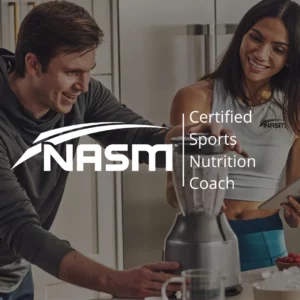The program includes: ● An examination option for the certification approved by the NCCA. The NCCA is the American Commission for Professional Certification. It helps ensure that accreditation by third-party independent organizations (such as NASM) adheres to the necessary procedures and protocols that ensure the credibility of the program in question. Obtaining CPT certification requires a final examination. ● Online Learning Platform (state-of-the-art). The revolutionary and state-of-the-art learning platform creates an interactive, multimedia-rich experience that is specifically designed to provide a comfortable learning experience! ● Video Lectures Over 45 high-quality lectures to help you in your learning experience. ● Chapter Summary Podcasts At the end of each chapter is a summary of the material in podcast format. ● Exercise Library Get access to over 200 videos of exercises and how to do them, step-by-step and via video on how to teach and explain them to your trainees. ● Ability to download useful files Evaluation boards, programming templates, weight loss programs, muscle mass gain and athletic performance enhancement, and more. ● Capital and knowledge quizzes, as well as simulation tests. Program Material:Module 1: Professional Development and Responsibility Chapter 1: The Modern State of Health and Fitness Chapter 2: The Professional Personal Trainer Module 2: Relationships and Behavior Change Chapter 3: The Psychology of Exercise Chapter 4: Behavioral (Coaching) Module 3: Basic and Applied Science and Nutritional Concepts Chapter 5: The Nervous, Muscular and Skeletal Systems Chapter 6: Cardiopulmonary, Endocrine and Digestive Systems Chapter 7: Human Movement Science Chapter 8: Metabolism and Energy Systems Chapter 9: Nutrition Chapter 10: Dietary Supplements Module 4: Evaluation Chapter 11: Health, Wellness and Fitness Evaluation Chapter 12: Posture, Movement and Performance Evaluation Module 5: Exercise Technique and Training Guidelines Chapter 13: Integrated Training and the OPT Model Chapter 14: Principles of Flexibility Training Chapter 15: Cardiopulmonary Fitness Training Chapter 16: Principles of Core Training Chapter 17: Principles of Balance Training Chapter 18: Principles of Plyometric (Reaction) Training Chapter 19: Principles of Speed, Agility and Explosion Training Chapter 20: Resistance Training Module 6: Program Design Chapter 21: The Optimal Performance Training Model (OPT Model) Chapter 22: Introduction to Exercise Aids Chapter 23: Chronic Conditions and Special Populations
€999.00
Πιστοποιημένος Προσωπικός Εκπαιδευτής (CPT) από τη NASM Online Self Study – Πιστοποίηση Personal Trainer Online
In order to be able to work professionally in the field of fitness, one needs a solid education and a strong certification. The Certified Personal Trainer by NASM program is the most popular personal trainer program in the world, as it is based on principles contained in NASM’s proprietary Optimum Performance Training™ (OPT) model. The degree earned upon completion of the program is the most recognized and sought-after credential a trainer who treats his or her work and science with seriousness and respect can hold. The program is offered in English through the NASM (USA) online platform.
In stock
Back to top





